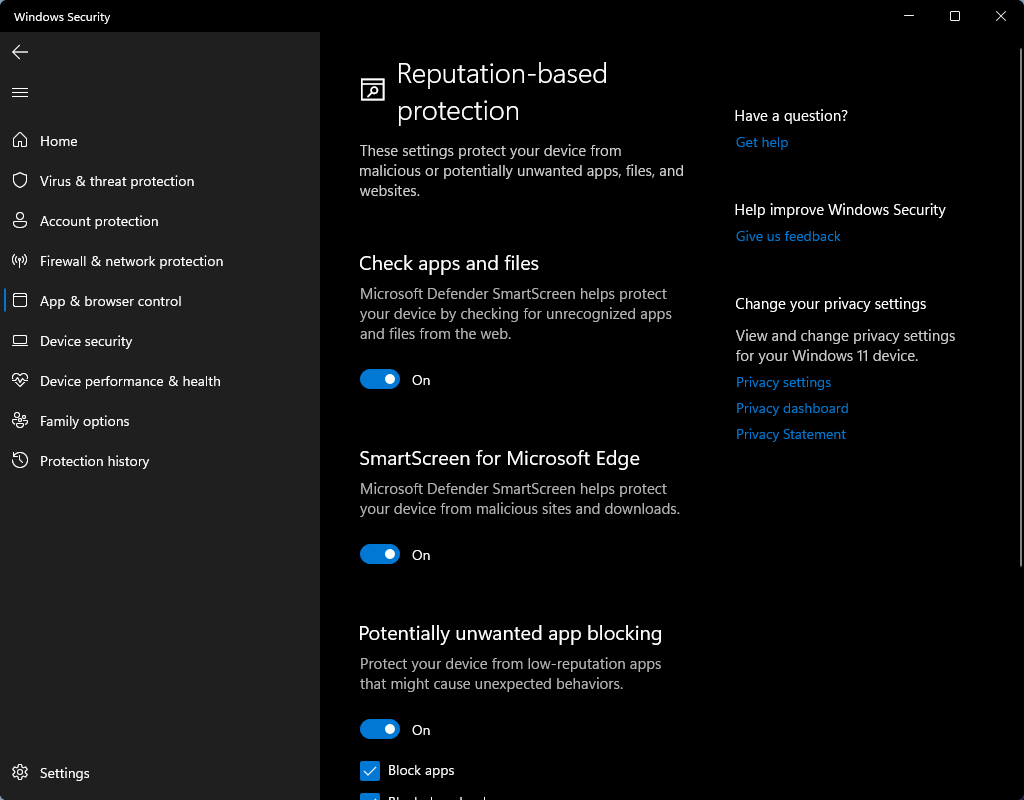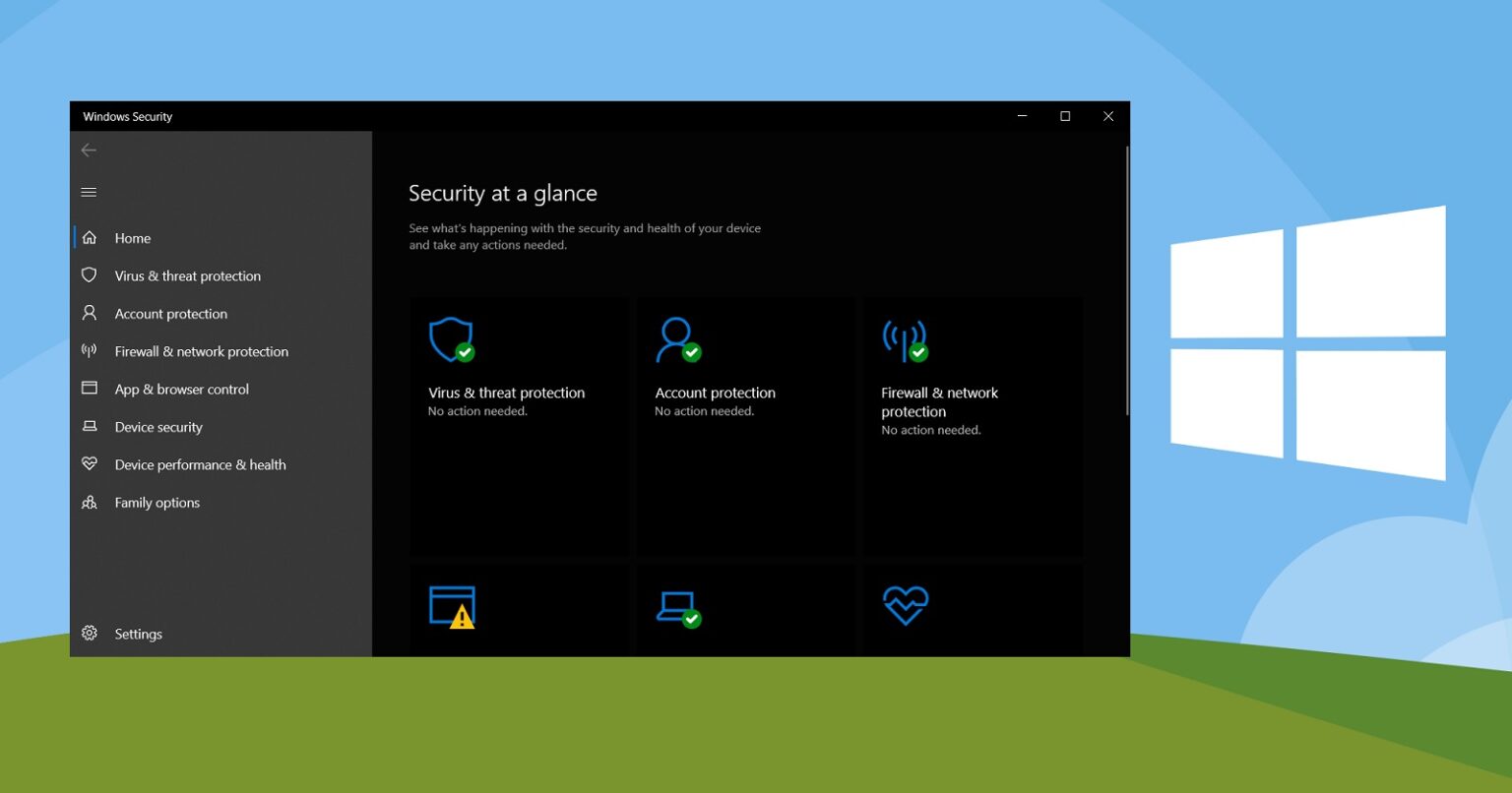
Microsoft Defender is now permanently turned off.


To permanently disable Defender in Windows 11, do the following. Temporarily disable Defender in Windows 11 Disable Microsoft Defender in Windows 11 So, let's see how to turn it off permanently. The situation is even worse, as you can't see exactly when it will be automatically re-enabled. Once you disable it using the appropriate option, it quickly returns to the enabled state after a short period of time. The only problem here is that Microsoft doesn't allow you to permanently disable Defender from its settings. Finally, in very specific cases, an installed third-party security solution may be improperly detected, causing Defender to remain up and running with even more resource consumption. Some aren't happy with its high resource usage. Some users would like to permanently disable Microsoft Defender. This allows it to provide basic protection for user data. Microsoft Defender is a signature based anti-virus software that checks files against a database of well-known patterns. It also responsible for running periodic scans of the critical areas of the operating system. Defender runs in the background and provides a number of protection levels, including real-time app activity monitoring, network file checker, anti-tamper protection for its own engine, and more.

The app was previously known as "Windows Defender", but Microsoft renamed it in recent releases of Windows 10 and Windows 11.


 0 kommentar(er)
0 kommentar(er)
